Could anyone help me identify what component this is? It is the white component with a black stripe.
What ever it is, it appears to be a open circuit. I couldn't measure any resistance (or capacitance). One pin of the connection has DC voltage while the second pin has 0 DC voltage.
(Also the backside of the component is plain white, not sure if it helps but just in case)
Thank you in advance
